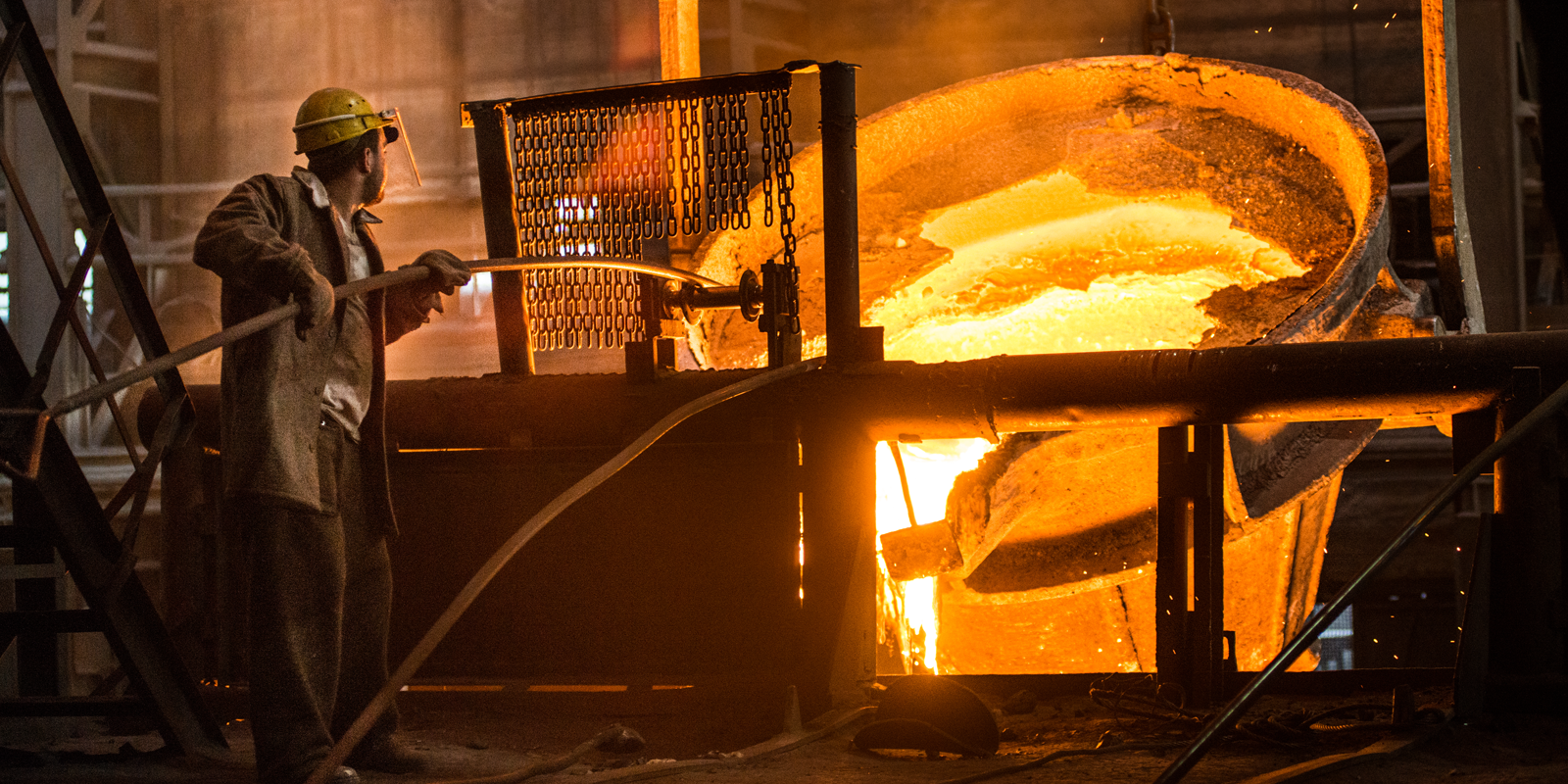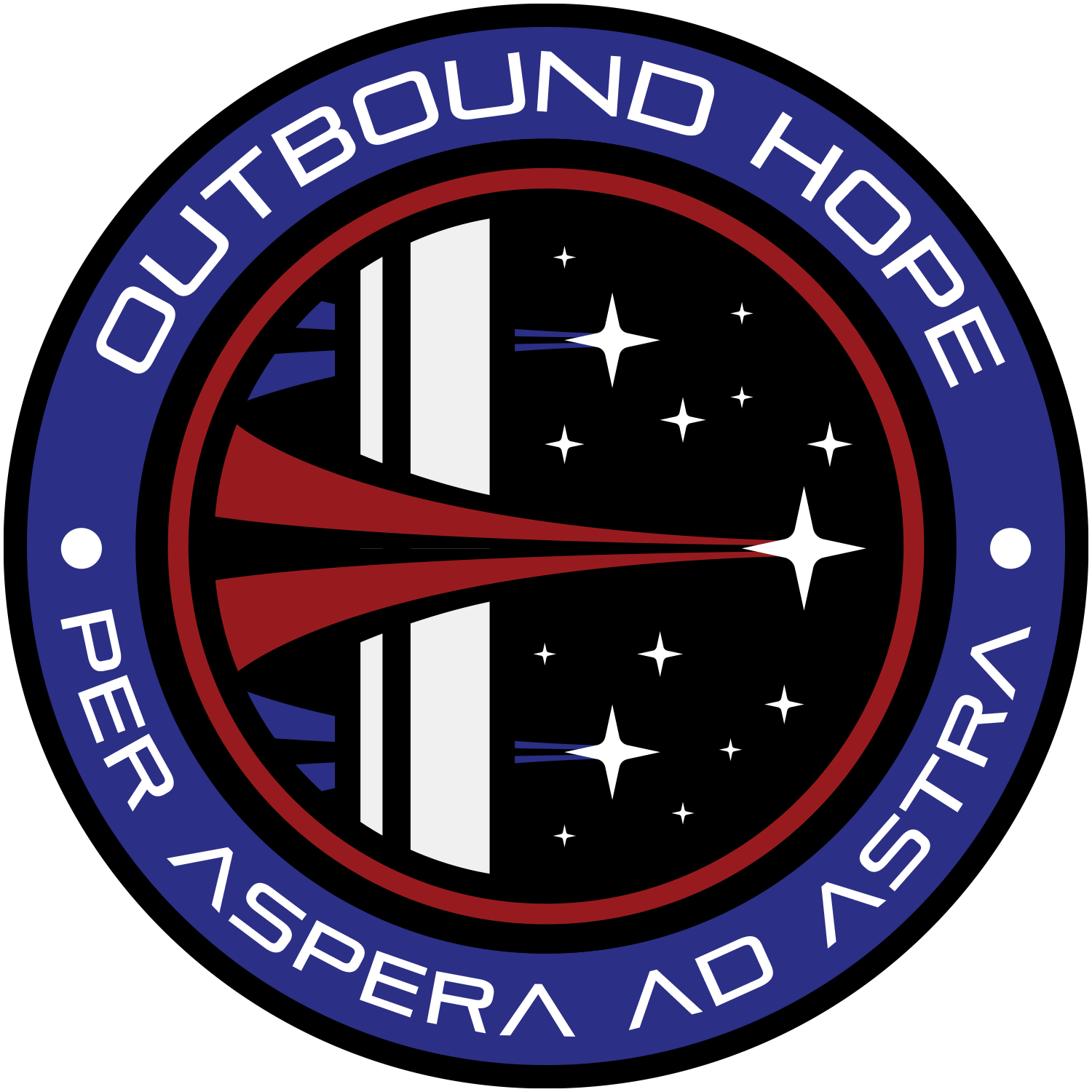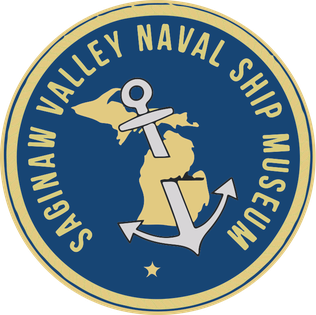The American Revival
By the 2120’s, even the most advanced starships still depended heavily on 20th-century technologies. Rocket systems were both costly and inefficient and the voyage between earth and the Red Planet took weeks or months to travel. As humans began to further settle on Luna – Earth’s moon – and plans to visit and colonize Europa, Ceres, Ganymede and Venus began to take root, the need for further advances in propulsion were great.
AIE AND THE BIRTH OF WINDFALL
In 2124, Lucille Álvarez-King, a budding American engineer with a humble background, developed the revolutionary Advanced Ion Engine (AIE). Harnessing advanced propulsion methods, Álvarez-King transformed space travel almost overnight. Quickly joining forces with Japanese starship engineer Takahashi Asuka, the two launched the Windfall Starship Systems Corporation in 2125.
“Windfall Starship Systems: The Universe Awaits You.”
WINDFALL STARSHIP SYSTEMS, INC. – Company Slogan

Both Windfall and the AIE exploded into the economic landscape of the United States and the solar system at large. Voyages that once took months were dramatically shortened, limiting the irrevocable negative effects of zero-gravity on the human body. Shortened travel also allowed for a sizeable expansion of military and colonial efforts throughout the solar system. Within three months, the company grew from a privately-held firm to one of the fastest growing tech firms in history.
NEARGRAV TECHNOLOGIES
Windfall’s meteoric rise meant that humanity could indeed move materials and people quickly, but spaceflight remained a dangerous endeavor. Low-gravity environments — even on Mars — continued to lead to permanent disabilities within the spacer community.
As Windfall developed, solving the problem of humanity’s fragility among the stars presented yet another opportunity. Though Martian engineers had begun to experiment with artificial gravity projection decades before, Windfall soon surpassed them. In 2128, the corporation premiered the first ship with NearGrav technology, effectively replicating a gravitational pull virtually identical to that of earth. In a widespread media announcement, Álvarez-King declared the “end of the gravity problem.”
AN ECONOMIC POWERHOUSE
Windfall’s development of both NearGrav and the AIE and the radical accessibility these technologies brought to space travel ensured the Windfall Corporation was the unparalleled leader of the growing space-bound economy.
Almost immediately, American industry – which had struggled for more than a century – was awoken. Now-ancient industrial infrastructure was suddenly rekindled while forgotten manufacturing centers once more roared to life. With widespread political support, Windfall quickly became the leader in starship technologies, producing spacecraft for commercial, military and personal uses.
Within a decade, Windfall earned or influenced nearly a quarter of the United States’ GDP, crippling the majority of its national and international competitors and poising the US for greater expansion. Once more, the United States had assumed its place on the economic world stage.

LUCILLE ÁLVAREZ-KING
August 9, 2090 (Bay City, MI) –
July 27, 2193 (New York, NY)
Often regarded as the embodiment of the American Dream, Lucille Álvarez-King was born into a humble, lower-class family in Bay City, Michigan. An exceptional student, she received a full scholarship to MIT in 2109 and quickly distinguished herself among her peers. Her later doctorate studies pioneered her later development of the Advanced Ion Engine, which she personally retained all patents for, even throughout the growth of the Windfall era.
In 2125, Álvarez-King sought out the friendship of Takahashi Asuka, the son of the legendary designer of The Shogun, Takahashi Ichiro. The “form” to Álvarez-King’s “function,” the two began to develop remarkable and affordable starship designs that began to revolutionize space travel. By the end of the year, the two forged the beginnings of the Windfall Starship Systems Corporation, one of the most prolific businesses in United States history.
Windfall’s success was instantaneous, quickly earning Álvarez-King the status of being the first female trillionaire by 2135. Even after Takahashi’s unfortunate death in 2132, Windfall was thriving and now firmly established in the commercial and military sectors.
A pop-culture icon in her own right, Álvarez-King easily won the presidency in 2136 (and again in 2140), marking the beginning of her first foray into national politics. Despite harsh criticisms by her opponents — predominantly focused on her lack of political experience — her presidency was widely believed to be one of the most successful in US history. Her two terms successfully navigated both the Second Orbital War and the restoration of The United States as a major economic and military power, marking a new “Golden Age” of success and stability in America.
Succeeded as president by her friend and fellow Windfall executive Bishop Chopra, Álvarez-King receded from political life and returned to her previous status as Windfall CEO. After helping to oversee the company’s development of the Gravity Drive and navigating a host of lawsuits and countersuits that attempted to dismantle her life’s work, Álvarez-King finally stepped down from Windfall in 2160, just weeks before the discovery of the Bifröst Station.
She thereafter retired to New York City, living out the next three decades in relative peace — though never out of the public eye. Vocally supportive of the Outbound Discovery Mission, she stood beside Windfall CEO Rori Vincent and President Liza Sullivan for the mission’s launch and was interviewed by dozens of media outlets after the voyage’s inevitable disappearance.
Álvarez-King finally passed away in her home at the age of 102, the victim of a heart defect she had struggled with all her life. Never married and wanting her two children to stand on their own merits, Álvarez-King left her entire estate — including an impressive portfolio of personally-held patents — to Windfall, who she deemed “the third great work of my life and my immortal legacy.” Her children would continue to serve on the Windfall board for decades.



